23 pages • 46 minutes read
Walt WhitmanI Sit and Look Out
Fiction | Poem | Adult | Published in 1860A modern alternative to SparkNotes and CliffsNotes, SuperSummary offers high-quality Study Guides with detailed chapter summaries and analysis of major themes, characters, and more. For select classroom titles, we also provide Teaching Guides with discussion and quiz questions to prompt student engagement.
Background
Literary Context
In 1848, Whitman attended a lecture by Ralph Waldo Emerson. The event galvanized Whitman’s energy, marking his shift from journalist to poet as he aimed to become the new kind of poet for which Emerson called:
Our logrolling, our stumps and their politics, our fisheries, our Negroes, and Indians, our boasts, and our repudiations, the wrath of rogues, and the pusillanimity of honest men, the northern trade, the southern planting, the western clearing, Oregon, and Texas, are yet unsung (Emerson, Ralph Waldo. “The Poet.” American Transcendentalism Web, 1999, 2002).
Emerson wanted a new kind of American poet, one who could sing the particular idioms and experiences of the American continent and live up to the great beauty and potential of America. Whitman was eager to fulfill the role of this kind of American bard.
After paying for the publication of the first edition of Leaves of Grass in 1855, Whitman sent Emerson a copy. Emerson wrote a letter back, praising Whitman’s efforts. Whitman used this letter to market subsequent editions of Leaves of Grass without Emerson’s permission to use the letter. But it seems as if Emerson forgave Whitman for the unauthorized use, for he continued to support Whitman’s efforts; later, he and Henry David Thoreau, the leaders of the Transcendentalist movement, a uniquely American offshoot of 







Related Titles
By Walt Whitman

A Glimpse
Walt Whitman
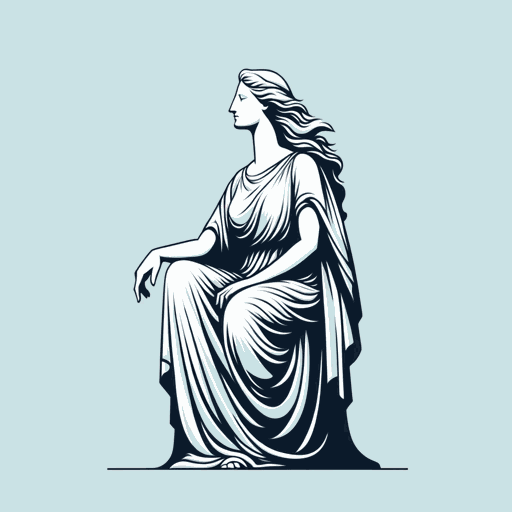
America
Walt Whitman

A Noiseless Patient Spider
Walt Whitman
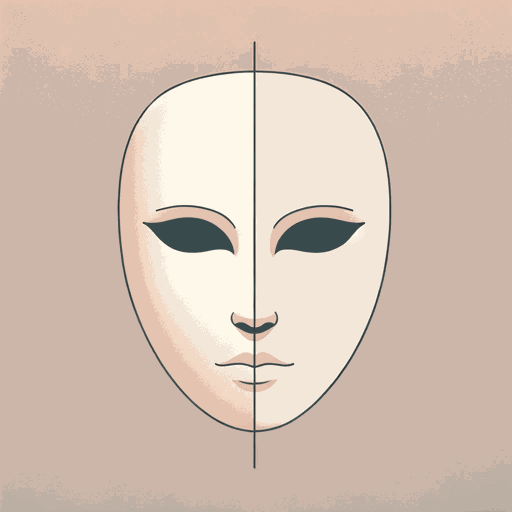
Are you the new person drawn toward me?
Walt Whitman
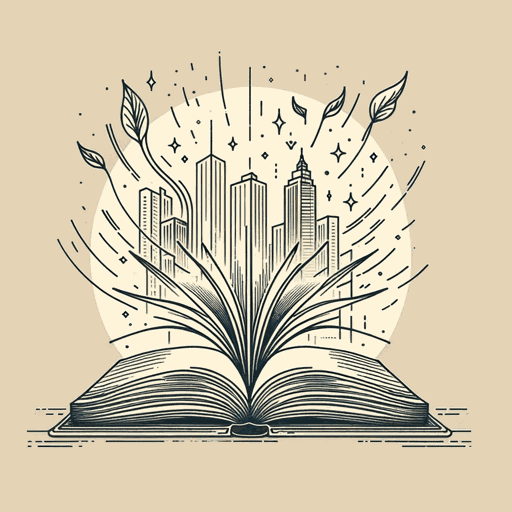
As I Walk These Broad Majestic Days
Walt Whitman

Crossing Brooklyn Ferry
Walt Whitman
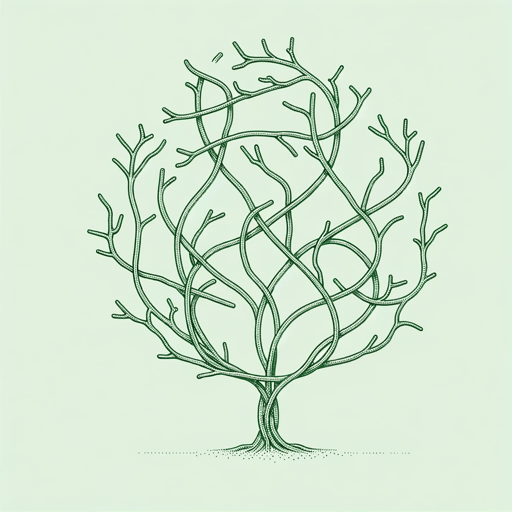
For You O Democracy
Walt Whitman
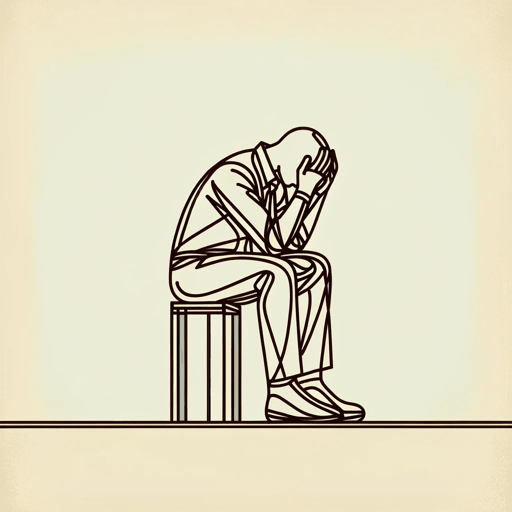
Hours Continuing Long
Walt Whitman

I Hear America Singing
Walt Whitman

I Sing the Body Electric
Walt Whitman

Leaves of Grass
Walt Whitman

O Captain! My Captain!
Walt Whitman
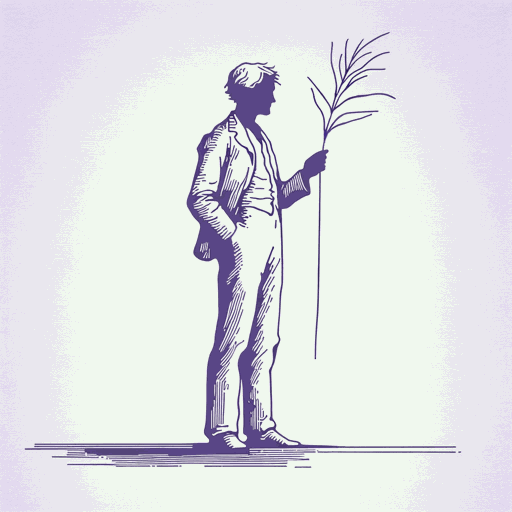
Song of Myself
Walt Whitman

Vigil Strange I Kept on the Field One Night
Walt Whitman

When I Heard the Learn'd Astronomer
Walt Whitman
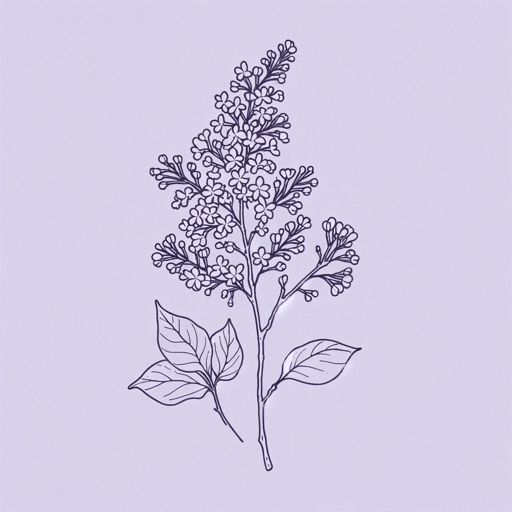
When Lilacs Last in the Dooryard Bloom'd
Walt Whitman
